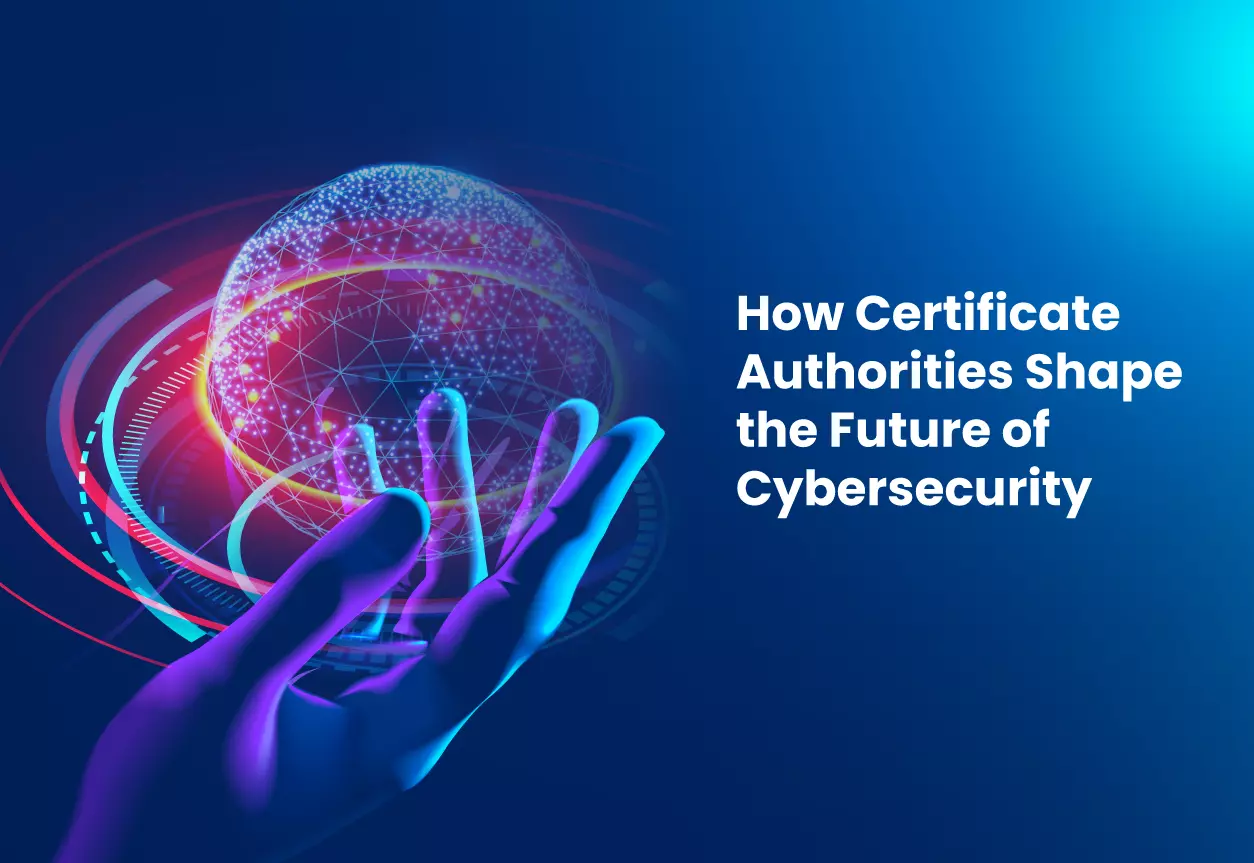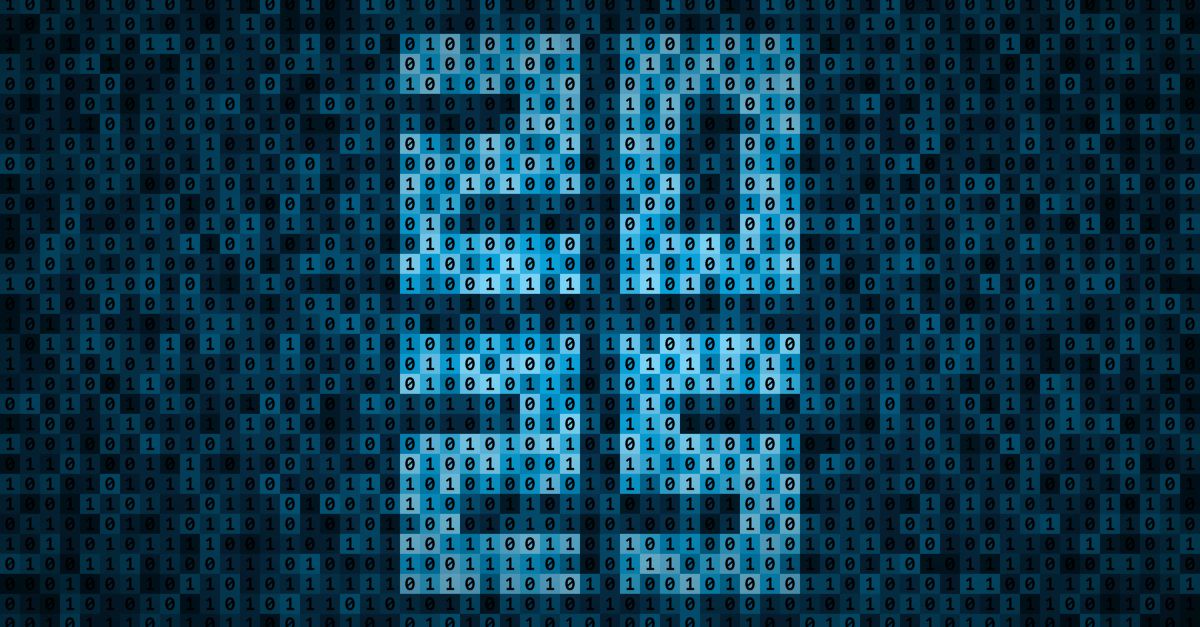Cybersecurity is a growing concern for organisations that constantly conduct digital transactions and communications. However, maintaining the security and privacy of sensitive data can be challenging without proper identity management and communication encryption.
That is where Certificate Authorities (CAs) step in. CAs are the entities responsible for verifying the identity of individuals and organisations online to ensure a secure environment for users and service providers.
In this guide, we will further explore the cyber threats associated with poor security and identity management, as well as the role of CAs in enhancing the security posture of organisations and websites, tackling emerging cyber threats, and shaping the future of cybersecurity.
The Evolving Landscape of Cyber Threats
With the advancement of new technologies and the increased reliance on digital infrastructures, the cyber-threat landscape has evolved dramatically, presenting new challenges for security-conscious organisations that work with sensitive data.
Among the new cyber-threats that you need to watch out for are:
Cloud storage attacks
Cloud storage is flexible, convenient, scalable, and cheap. It also enables implementing strict security measures like encrypted servers.
However, despite its benefits, cloud storage poses a significant security threat for organisations that rely on it to store sensitive data. Some of the vulnerabilities that are commonly associated with cloud infrastructure include:
-
Improper access management
-
Supply chain risks
-
Misconfigurations (due to human error or other causes)
-
Insecure APIs
-
Lack of multi-step authentication measures
-
Shared tenancy
-
Easily hacked passwords
IoT attacks
The proliferation of the Internet of Things (IoT) has increased the attack surface for malware and other types of cyber-attacks. The more devices connected to your IoT network, the more likely you will encounter a breach because they are all interconnected.
Since many IoT devices lack the computational resources needed to run antivirus software and firewalls, they become easy prey for cyber-criminals, acting as a backdoor to your broader IoT infrastructure.
The most common attacks on IoT systems are DDoS-based. The first half of 2023 witnessed a 300% increase in the frequency of global IoT DDoS attacks, causing losses of $2.5 billion. Some 90% of these DDoS attacks were botnet-based.
These numbers are definitely cause for alarm. Lacking proper device identity management and control of your IoT network makes it more vulnerable to attacks. Further, the interconnectedness of these devices and the fact that they all route to your network makes IoT a favourite target for attackers.
Insider threats
Many organisations focus so much on protecting their infrastructure against external cyber threats while neglecting the danger that comes from the inside.
Insider threats, whether they are intentional or unintentional, can quickly and easily expose your IT infrastructure to significant risks. A single employee with privileged access permissions can leak sensitive data and cause major financial losses for your company.
Social Engineering
Social engineering is a type of attack that uses human psychology to open security vulnerabilities. They utilise anonymous messages, phone calls, and other methods to drive their prey to submit sensitive information.
Without strict digital identity authentication and management, social engineering attacks can become a major threat to your organisation.
Remote and Hybrid Environments
The post-COVID business world has witnessed a rapid transition to remote and hybrid work environments. The new workplace is popular with workers, has enabled businesses to stay resilient and agile with the uncertainties that the pandemic exposed. Research from PWC emphasises the point - the average number of days that Australian knowledge-based workers want to work from home is 3.2 days.
However, despite the advantages of these new work models, they have introduced new types of threats that target loosely secured remote work environments. With your workforce distributed all over the country (or the world), securing endpoints and managing digital identities becomes more challenging, opening the door for malicious attacks.
The Traditional Role of Certificate Authorities
The primary role of a CA is to verify the identity of individuals and organisations online. For qualified applicants, the CA issues end-entity certificates that act as cryptographic trust between the CA and end user of the requestor's identity, enabling them to earn their users’ trust.
The digital certificate ensures a secure and encrypted connection between the certificate holder’s server and the client’s browser by counterchecking the holder’s identity with their private key (stored in their server) with their public key (which is stored with the CA) thus building trust between server and client’s browser.
By encrypting data, third parties can’t view, modify, or tamper data before, in transit, and when delivered, ensuring that the signed documents are 100% intact when they reach the end user.
One common type of CA certificate is SSL/TLS. An SSL/TLS certificate is important to verify website domain ownership to prevent identity theft and fraudulent activities related to sensitive payment data and other types of sensitive data.
Users can trust an entity’s website when they hold the right SSL certificate. It verifies that the server that sent the message is holding the corresponding private key for the public key used to decrypt the message, ensuring that their data is protected. Other benefits of SSL certificates for entities include:
-
Meeting relevant compliance standards like HIPAA and GDPR
-
Improved search engine visibility
-
Ensuring data security
-
Maintaining trust in online communications
-
Helping create a cybersecurity culture in the organisation
Moreover, an SSL certificate authority is responsible for maintaining the integrity and security of its own infrastructure. They are accountable for revoking compromised root certificates and maintaining CRLs (Certificate Revocation Lists).
Emerging Technologies & Certificate Authorities
Emerging technologies play a pivotal role in how CAs operate, verify requesters, and issue or revoke certificates. These technologies include:
Internet of Things (IoT)
IoT comprises devices and objects that are connected to one another and a unified network for the purpose of information exchange. IoT devices enable more efficient digital-first transformations but have also introduced new challenges for certificate authorities. CAs are adapting to these changes by providing device-specific certificates that authenticate the identity of all devices connected to your IoT network and encrypt their communications to safeguard against threats.
Blockchain
Blockchain technology involves creating a decentralised ledger system for immutable information storage. CAs are slowly studying the possibility of integrating blockchain to maximise trust.
Artificial Intelligence (AI)
AI plays a crucial role in maximising efficiency and automating repetitive tasks, as well as supporting the decision-making process with accurate insights and forecasts. The abuse of AI in compromising identities and data has introduced new attack vectors, forcing CAs to implement more rigorous verification and certificate encryption processes.

How Certificate Authorities are Adapting
CAs are adapting to emerging technologies by developing new protection techniques and methodologies that mitigate their risk. These include:
Quantum-resistant algorithms
New threats have emerged with the advance of quantum computing. With quantum computers, attackers can decrypt communications and compromise sensitive data at a faster rate compared to predecessor.
CAs are adapting by developing quantum-resistant algorithms that ensure quantum-proof encryption for their digital certificates to maintain their integrity.
Machine identity management
Machine identity management is crucial for interconnected IoT networks. To mitigate the risks that IoT has introduced, CAs are offering machine identity management services that quickly verify and issue digital certificates for new devices that are added to the network, ensuring that vulnerabilities are swiftly addressed to prevent unauthorised access and malicious attacks.
Enhanced authentication mechanisms
Conventional authentication techniques are no longer enough to protect digital identities. Weak passwords are a major threat to IT infrastructures, necessitating the implementation of more advanced authentication methods.
Digital certificates issued by reputable certificate authorities act as robust authenticators for users and devices, ensuring proper access control.
The security of these certificates can be further enhanced with biometrics, multi-factor authentication, and other advanced methods.
The Concept of Zero Trust and Certificate Authorities
The Zero Trust architecture is a security ideology that emphasises a “never trust, always verify” security approach. A company that adopts a Zero-Trust initiative always assumes that a breach is a near possibility, instead of having a fake sense of security by implementing rigorous cyber security measures. It’s a proactive approach that assumes the worst-case scenario.
The zero-trust strategy is built upon three foundational principles:
-
Verify Continuously
Always authenticate users by device, location, user identity, and other variables. -
Limit User Access
Limit user privileges to the bare minimum for them to access the information they need to minimise risk and protect sensitive data. -
Assume Breach
Implement advanced threat detection techniques and eliminate security gaps and vulnerabilities as they become visible. Use end-to-end encryption to protect users, systems, decisions, and data.
The foundation of adopting a Zero-Trust architecture is to securely verify identity. That’s where the role of CAs becomes relevant in a zero-trust environment. With a digital certificate issued by a reputable public identity authority, you can:
-
Authenticate the identity and control access levels for internal and external users to achieve zero trust
-
Maintain secure and encrypted communications across different channels, including email and web
-
Maintain data and infrastructure security and integrity
Further, a CA’s role isn’t limited to verifying an entity’s identity just once – CAs continuously verify the validity of issued certificates and revoke those that are compromised.
It’s also worth noting that digital certificates aren’t granted indefinitely; they have expiration dates, ensuring that organisations go through the verification process again to continue holding the certificate. This ensures continuous authentication, supporting the Zero-Trust strategy.
Conclusion
To recap, Certificate Authorities are vital for maintaining cybersecurity and protecting digital identities in a digital landscape that’s continuously exposed to new threats enabled by emerging technologies like AI and IoT.
Download our white paper now to learn more about the pivotal role Certificate Authorities play in shaping the future of cybersecurity.







